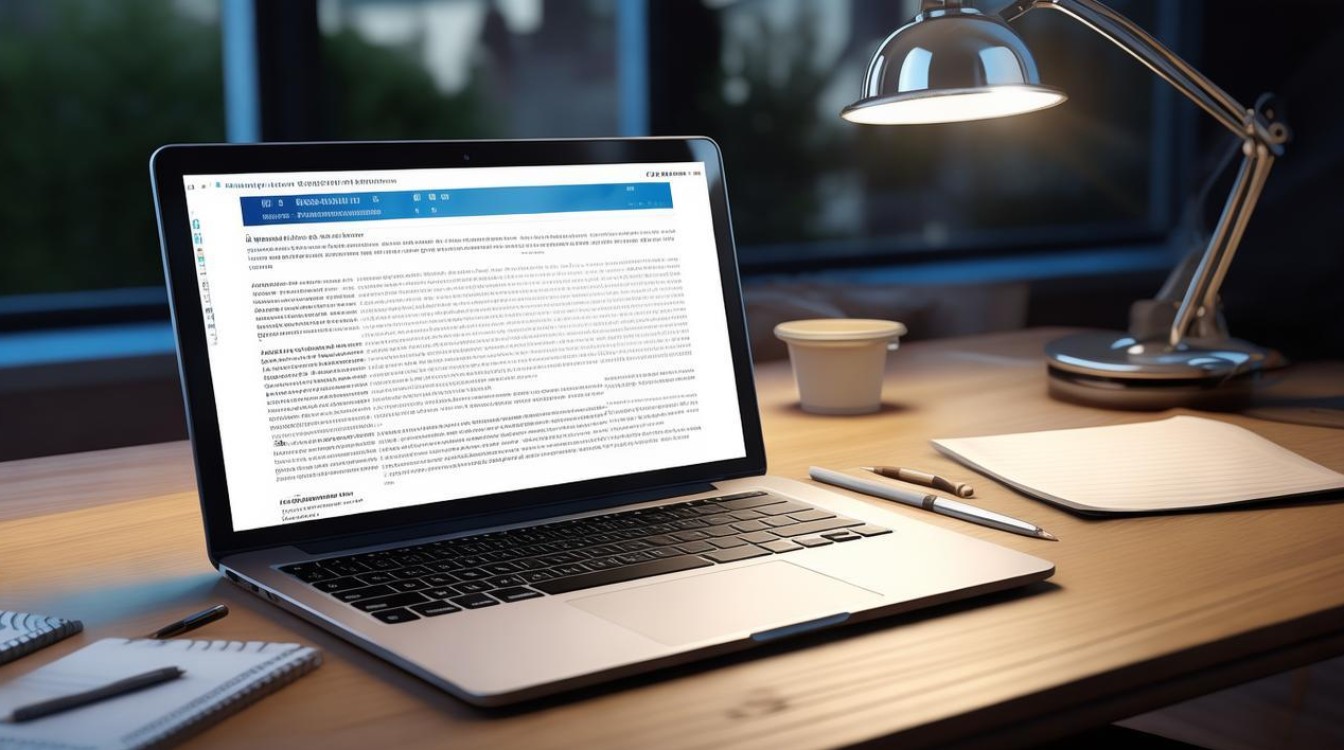雅思写作Task 2中,"Do the advantages outweigh the disadvantages?"这类题型是高频考点之一,许多考生在面对这种问题时容易陷入论证失衡或逻辑混乱的困境,本文将系统梳理outweigh题型的核心思路,提供可操作的论证框架,并结合真题案例展示如何构建有说服力的高分答案。

题型特征与审题关键
outweigh题型通常以两种形式出现:
- 绝对性提问:"Do the advantages outweigh the disadvantages?"
- 比较级提问:"Are there more advantages than disadvantages?"
审题时需要把握三个核心要素:
- 明确比较对象:确认题目要求比较的具体内容(如远程办公的利弊、全球化影响等)
- 界定比较维度:从社会、经济、个人等不同层面建立评估标准
- 确立立场倾向:选择支持"利大于弊"或"弊大于利",避免模棱两可
典型错误包括:只罗列利弊不做比较,或在不同维度间跳跃比较,例如讨论科技影响时,将教育领域的优势与环境领域的劣势直接对比会导致逻辑断裂。
四步论证框架
立场声明(Introduction)
开篇需直接表明倾向性观点,避免使用"both sides have merits"这类中庸表述,高分范文常见句式:

- "While there are certain drawbacks, the transformative benefits of... far exceed these limitations."
- "The negative consequences of... are substantially outweighed by its capacity to..."
劣势限定(Concession Paragraph)
先承认对立面2-3个合理点,但需严格控制篇幅(约20%字数),使用限定词弱化其影响:
- "Admittedly, the initial cost of implementing... may deter some organizations."
- "It is true that over-reliance on... could potentially lead to..."
优势拓展(Core Argument)
通过递进式论证展开主要立场,每个优势点应包含:
- 具体表现:量化说明或典型案例
- 影响链条:解释如何抵消前述劣势
- 比较论证:直接使用outweigh比较句式
"The long-term economic gains from renewable energy investments dramatically outweigh the short-term fiscal burdens, as evidenced by Germany's 38% cost reduction in solar infrastructure since 2015."
维度强化(Multi-perspective Analysis)
从不同角度巩固立场,常用维度包括:
- 时间维度:短期困难vs长期收益
- 群体维度:对不同人群的影响差异
- 发展维度:问题可解决性与趋势
高分语言策略
比较级词汇库
| 程度强化 | 程度弱化 |
|---|---|
| significantly | marginally |
| substantially | slightly |
| overwhelmingly | nominally |
逻辑连接词
- 转折对比:whereas, while, by contrast
- 因果论证:thereby, consequently, as a direct result
数据化表达
避免模糊表述,使用:

- "UNESCO reports indicate 73% of..."
- "This translates to a 40% increase in..."
真题应用示范
The increasing use of robots in the workplace outweighs the disadvantages. To what extent do you agree?
范文节选:
"The automation revolution undoubtedly creates workforce displacement, with the OECD estimating 14% of jobs being susceptible to automation. However, these transitional challenges pale in comparison to the productivity revolution. Manufacturing sectors adopting industrial robots report 28% higher output per worker (IFR, 2022), while error rates drop by up to 60% in precision tasks. More crucially, the new job creation in AI maintenance and programming positions – growing 34% annually according to LinkedIn data – systematically offsets job losses in obsolete sectors."
常见误区修正
- 平衡陷阱:强行要求利弊段落字数均等,导致论证力度不足,理想比例应为优势占60-70%。
- 假设偏差:将尚未实现的科技或政策作为论据(如"future green technology will solve pollution"缺乏说服力)。
- 范畴错误:比较不同性质的内容(如将经济收益与个人隐私直接比较时,需建立换算标准)。
在实际写作中,建议采用"双边论证+单边结论"结构:先用1段分析对立面,再用2-3段层层推进核心立场,通过具体案例、权威数据和多维比较,使outweigh的结论具有不可辩驳的逻辑力量。
考生应当注意,雅思写作本质考查的是比较分析能力而非绝对正确性,只要论证过程严密,即使选择非主流立场(如认为全球化弊大于利)同样可能获得高分,关键是通过清晰的比较框架和精准的语言控制,向考官展示出成熟的批判性思维。


